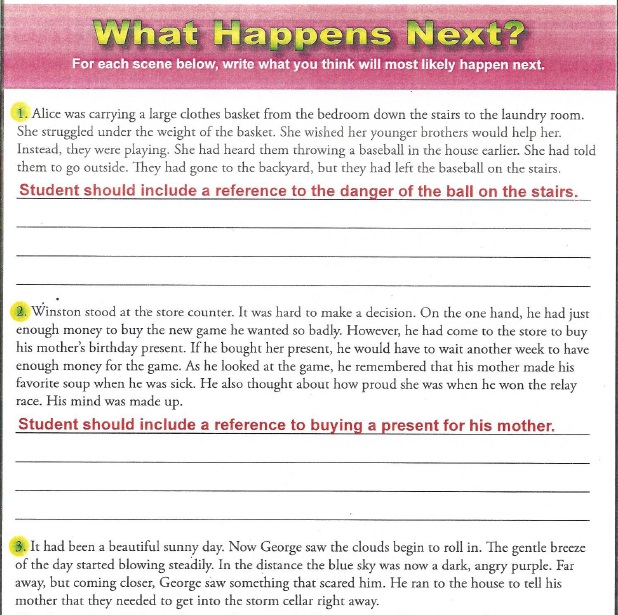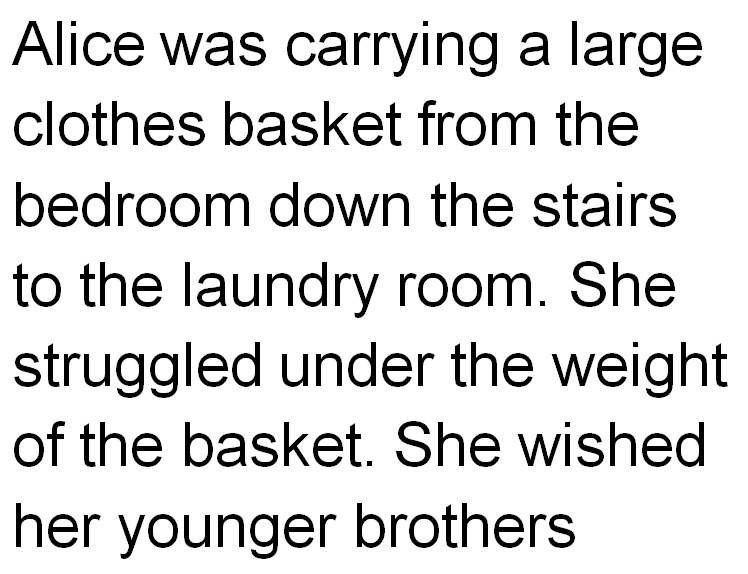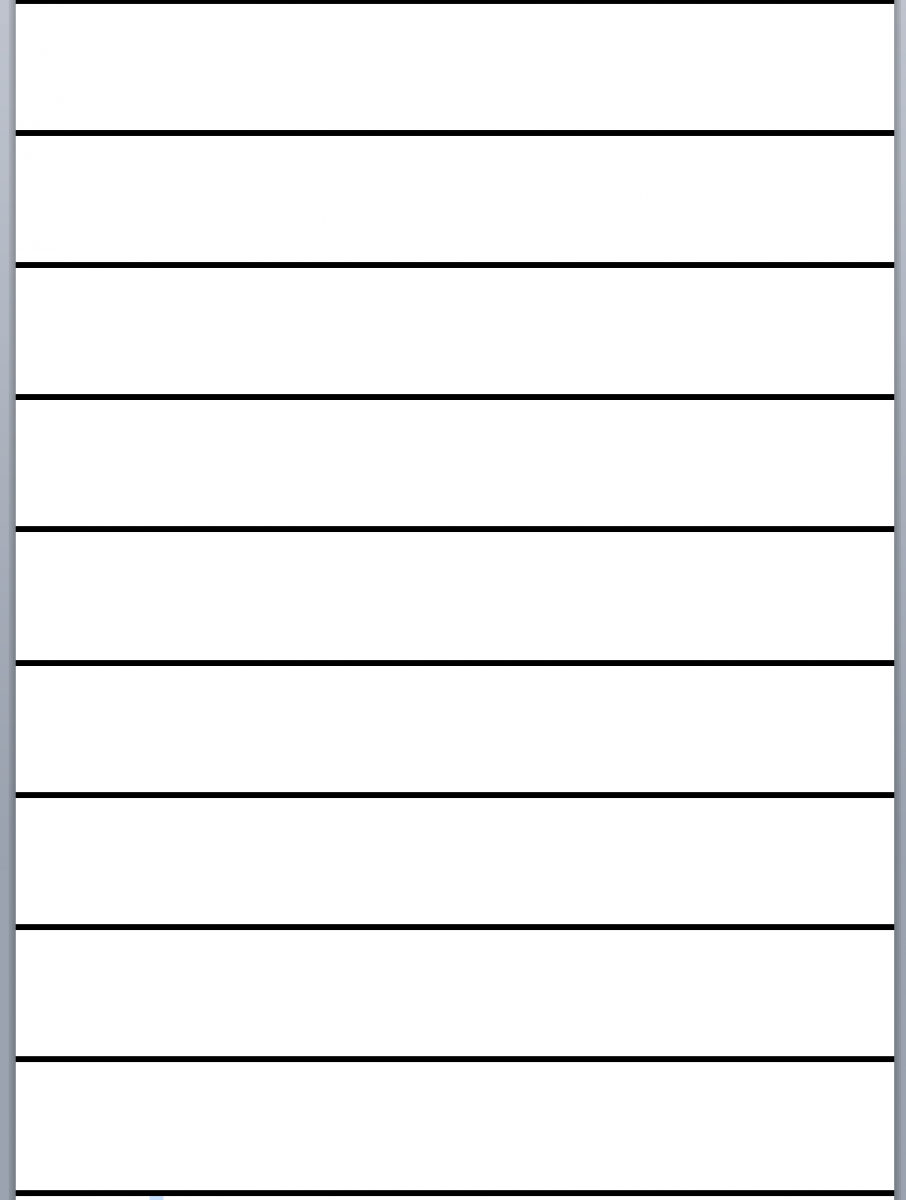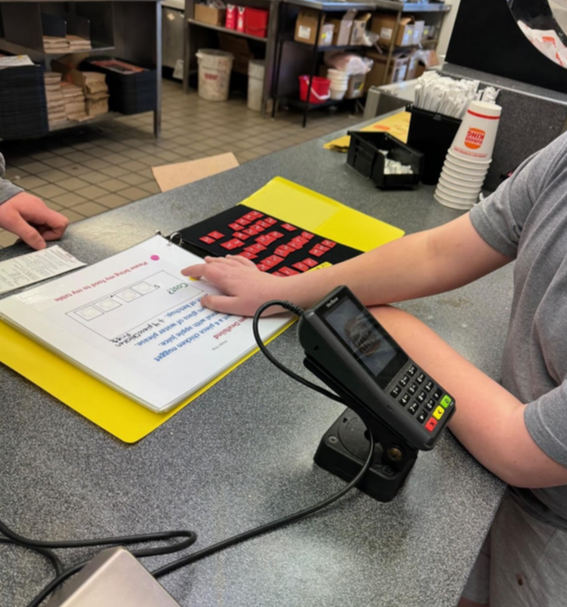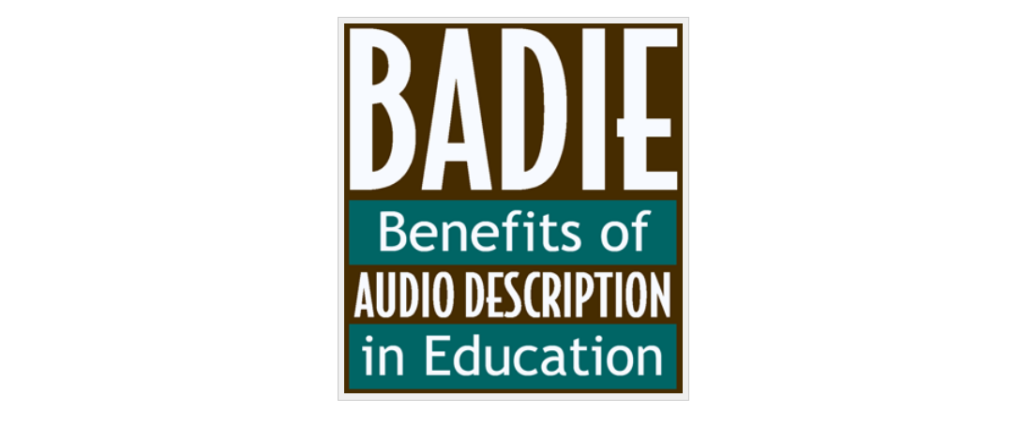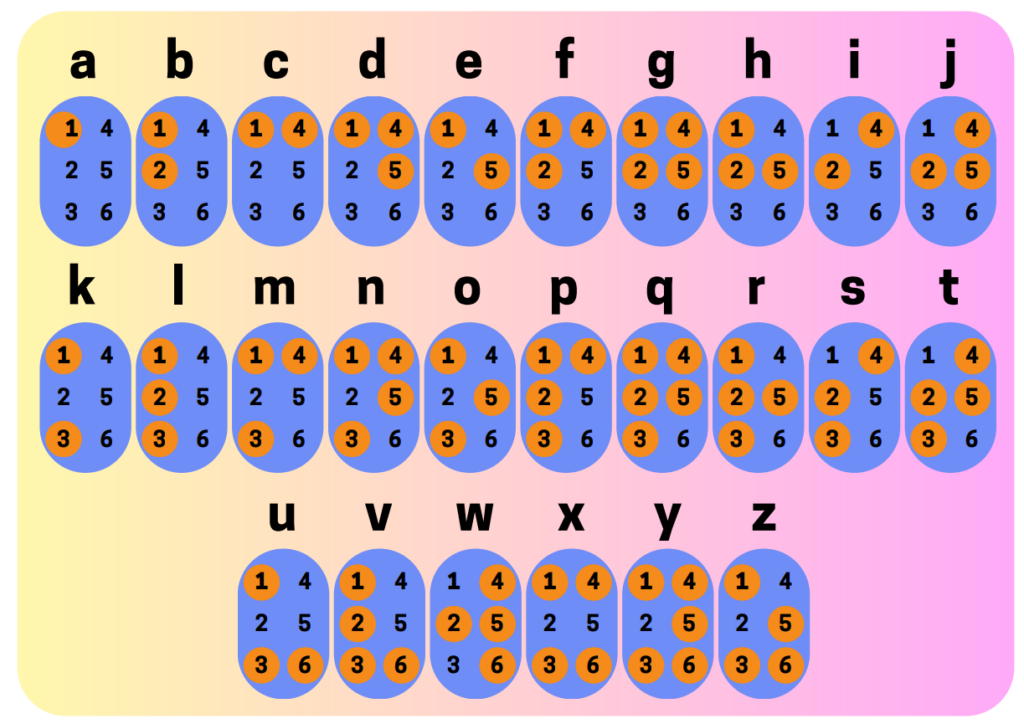This strategy is part of a series on Adapting Worksheets. Please see the introductory post for an overview of adapting worksheets for students who are blind or visually impaired.
Thought Process in Adapting the Worksheet
The learning objective for this sheet is to be able to write what will most likely happen next.
I have used Arial 48pt and produced the 3 paragraphs separately to break up the worksheet, I have then provided some lined paper following each paragraph for the learner to produce their response, although it may be preferable for them to type their responses or to say what they think might happen next. Braille users will either read the brailled paragraph (you would probably emboss this), or have the text read to them before either brailling or touch-typing their response.
The concepts in the first 2 paragraphs are reasonably simplistic and easy to understand, for the first one you may need to model the ball on the steps to ensure they are aware of the danger the ball presents, or they may need to feel a heavy wash basket and think about the potential risks it creates if left on the stairs. However, I thought that the third paragraph was quite abstract for a child with VI to understand, particularly as they are unlikely to have experienced a tornado. I have changed the wording of this slightly, focusing more on sounds and feelings, using a thunderstorm as the approaching danger. You may need to demonstrate this using sound effects and a fan to show the wind picking up.
Adapting the Worksheet
The original worksheet is on the left and the adapted worksheet with large print is on the right.


